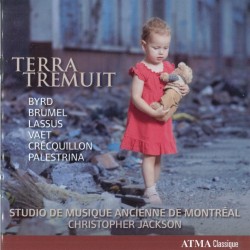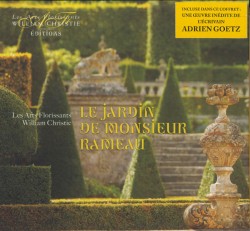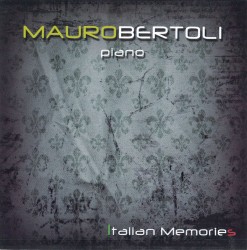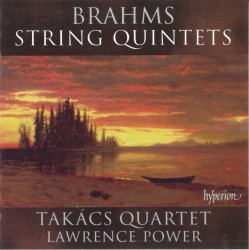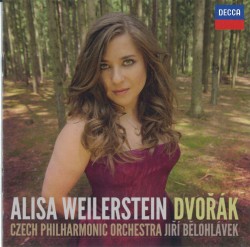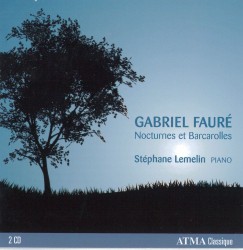The Art of Melancholy – Songs by John Dowland - Iestyn Davies; Thomas Dunford
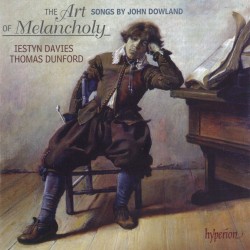 The Art of Melancholy – Songs by John Dowland
The Art of Melancholy – Songs by John Dowland
Iestyn Davies; Thomas Dunford
Hyperion CDA68007
Half a century ago a countertenor was still seen as unusual, some would say unnatural. There are now a substantial number of countertenors and I would rate Iestyn Davies as one of the very best, judging from the record under review and also from the recent recording of Handel’s Belshazzar, in which he sings the role of Daniel. He has a strong and very even voice with an excellent sense of pitch. He has himself said that for him the finest countertenor is Andreas Scholl and he has commented on Scholl’s ability to create “a column of sound which doesn’t weaken and stays absolutely even.” The comment fits Davies’ own singing.
Melancholy was a common malady in early 17th-century England. Think of Hamlet or of Jaques in As You Like It. It could become an affectation and it was delightfully parodied in Ben Jonson’s Every Man in his Humour, in which a character calls for a stool to be melancholy upon. Davies, however, believes strongly that, for Dowland, melancholy is more than just a pose. That conviction accounts for the passion which Davies brings to the songs on this disc.
Davies is ably accompanied by lutenist Thomas Dunford, who also has five solos. They include The Frog Galliard, a performance which, for good measure, throws in Greensleeves as an excursion. Davies sang in Vancouver, Banff and Calgary a couple of months ago. I hope we shall hear him in Toronto soon.


